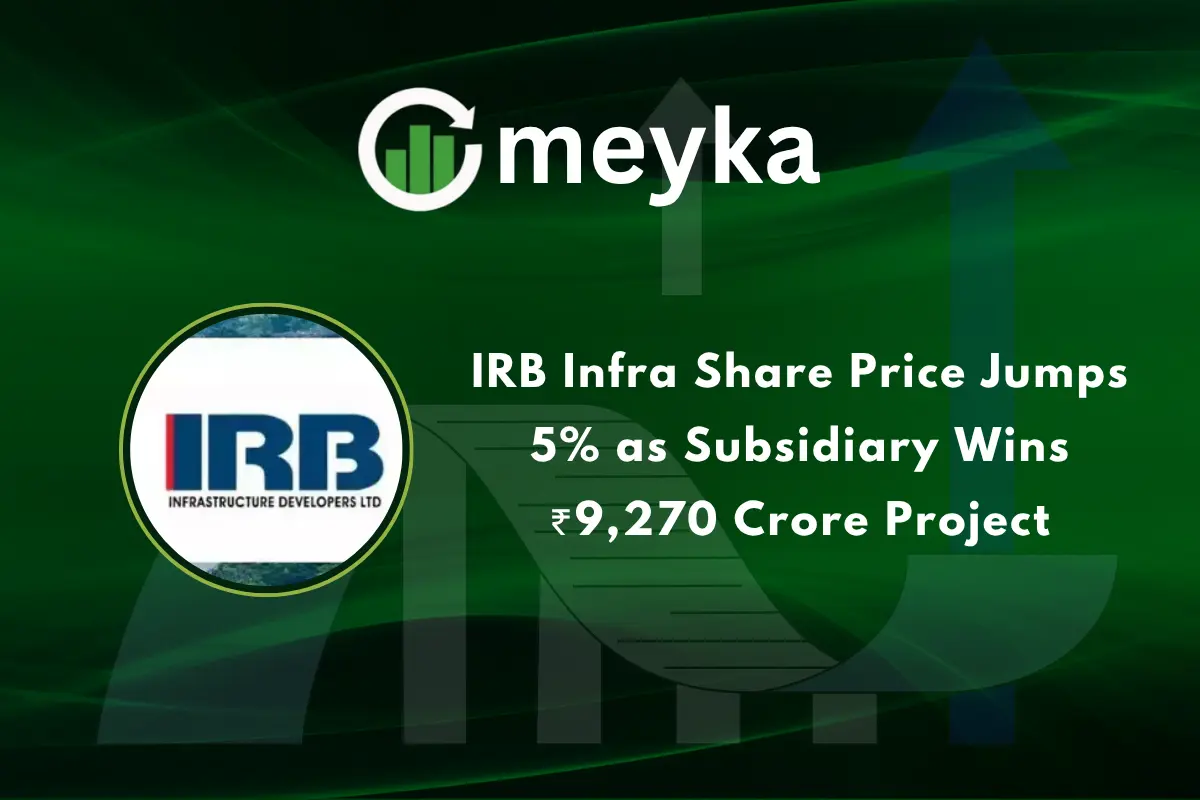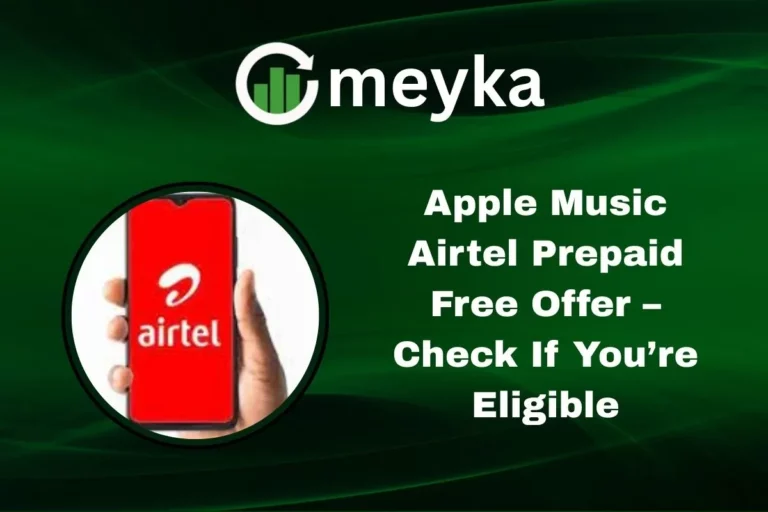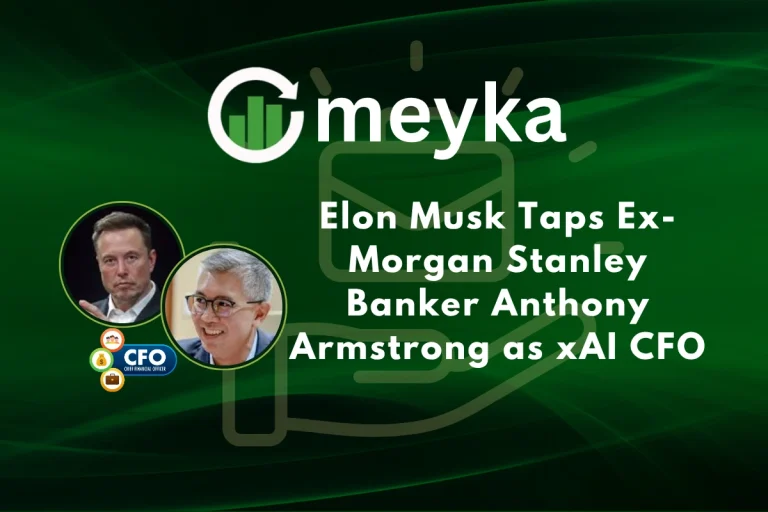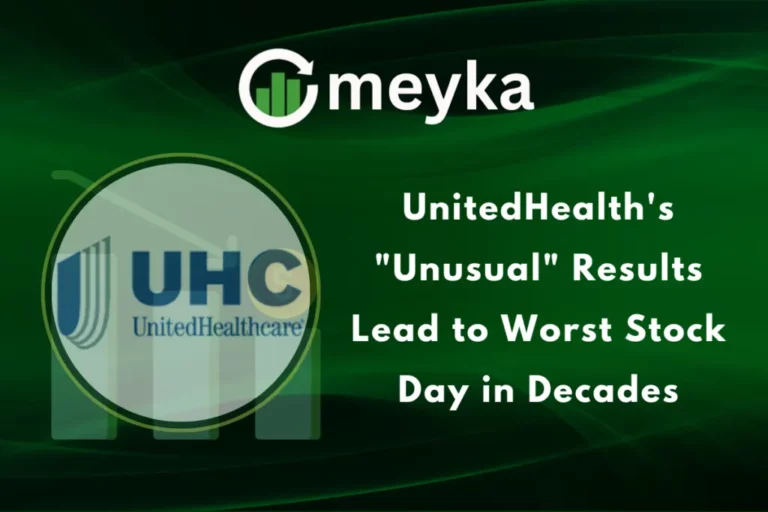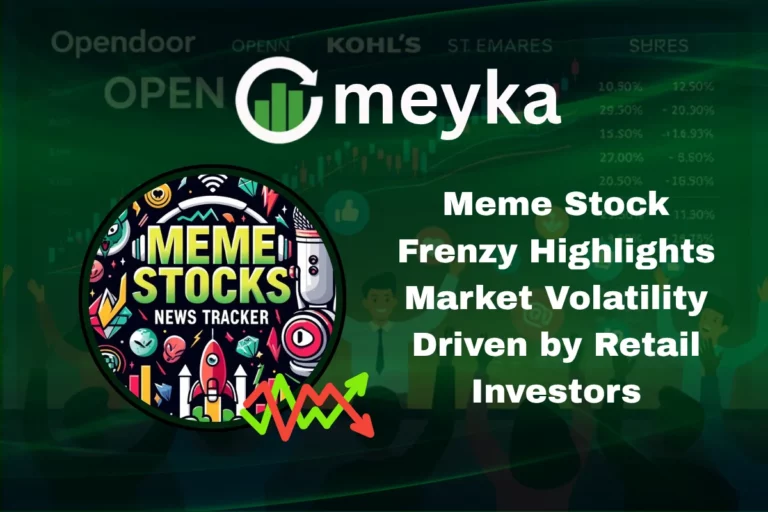IRB Infra Share Price Jumps 5% as Subsidiary Wins ₹9,270 Crore Project
On 15 November 2025, IRB Infrastructure Developers Ltd (IRB) made headlines by securing a massive highway contract worth ₹9,270 crore from the National Highways Authority of India (NHAI). The award covers a key 366 km corridor in Uttar Pradesh, including the Lucknow-Ayodhya-Gorakhpur section under a 20-year toll-operate-transfer model. This isn’t just a big number. It signals a major shift in IRB’s scale and future earnings. The IRB Infra share price responded, jumping around 5-7 % on the news.
For investors, industry watchers, and the company’s leadership, this win marks a turning point. In the following sections, we’ll unpack what this contract means for IRB’s business, its market standing, and how the road ahead looks.
The Project Win: Key Details
On 15 November 2025, IRB Infrastructure Trust won a huge Letter of Award (LoA) from the NHAI for its “TOT‑17” bundle worth ₹9,270 crore.
The project spans 366.1 km in Uttar Pradesh. It includes major stretches of NH‑27: Lucknow-Ayodhya-Gorakhpur, and part of NH‑731 (Lucknow-Sultanpur).
Under this concession, IRB Trust will manage toll collection, operations, and maintenance for 20 years. They will pay the upfront fee to NHAI now, and then earn revenue based on traffic.
Annual toll tariffs are structured to rise by 3% fixed, plus a variable part tied to 40% of the Wholesale Price Index (WPI).
Immediate Market Reaction & Share‑Price Movement
The market responded strongly. On 17 November 2025, IRB Infrastructure’s shares jumped roughly 5-7%, reaching a high of about ₹46.
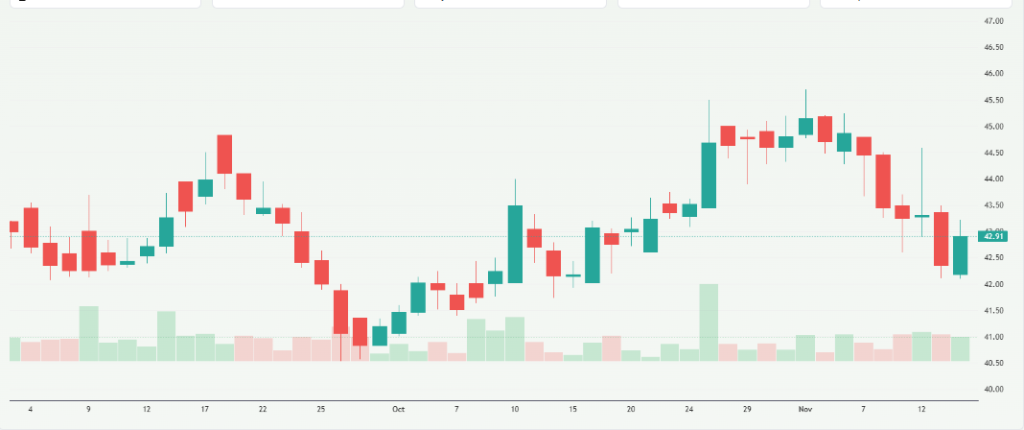
This was triggered by the news of the LoA and the scale of the project. Investors clearly saw this as a big vote of confidence in IRB’s business strategy.
Why This Contract Matters for IRB?
This deal is more than just a financial win; it’s strategic. First, adding TOT‑17 would push IRB’s asset base (across both its InvITs) to over ₹90,000 crore, up from around ₹80,000 crore earlier.
Second, it strengthens IRB’s control in the TOT (toll-operate-transfer) market. With this addition, their market share in TOT goes up to 42%.
Third, the highway corridor is strategically important: Lucknow–Ayodhya–Gorakhpur is a major religious-tourism route. Virendra D. Mhaiskar, MD & Chair of IRB, called it a “pivotal accomplishment.”
Fourth, the 20-year revenue-linked concession offers a stable, long-term cash flow. This kind of model aligns well with IRB’s goal of building a durable infrastructure investment business.
Finally, this project will also grow IRB’s operations and maintenance (O&M) order book by roughly 20%.
Implications for Stakeholders
Shareholders: The deal strengthens earnings visibility. A long-term concession means predictable cash flow. The share‑price surge shows how much investors like this.
Company Leadership: For IRB, this is a strong signal that its strategy of monetizing via InvITs is working. It also boosts their credibility in the highway monetisation space.
InvIT Investors: Since this is through IRB Infrastructure Trust, InvIT holders benefit from a high-value, long-horizon tolling asset. This improves the risk-return profile for investors in the trust.
NHAI / Government: This award underscores NHAI’s commitment to its asset‑monetisation program. By handing out TOT bundles to private InvITs, it is reinforcing its strategy for monetising national highways efficiently.
IRB Infra Share Price: Risks & Caveats
Despite the upside, this project is not without risk.
- Execution risk: Building and maintaining such a long stretch of highway is complex. Delays, cost overruns, or poor maintenance could hurt returns.
- Traffic risk: Revenue depends on toll traffic. If traffic is lower than projected, earnings could suffer.
- Tariff risk: Although the tariff model has a fixed 3% increase plus a WPI-linked component, inflation, macro pressures, or regulatory changes could disrupt assumptions.
- Funding risk: An upfront fee of ₹9,270 crore is substantial. IRB Trust must manage its capital well to avoid overleveraging.
- Market expectations: The sharp share-price rise may already reflect part of the upside. Future disappointments or slower execution could temper investor enthusiasm.
Outlook & What to Watch?
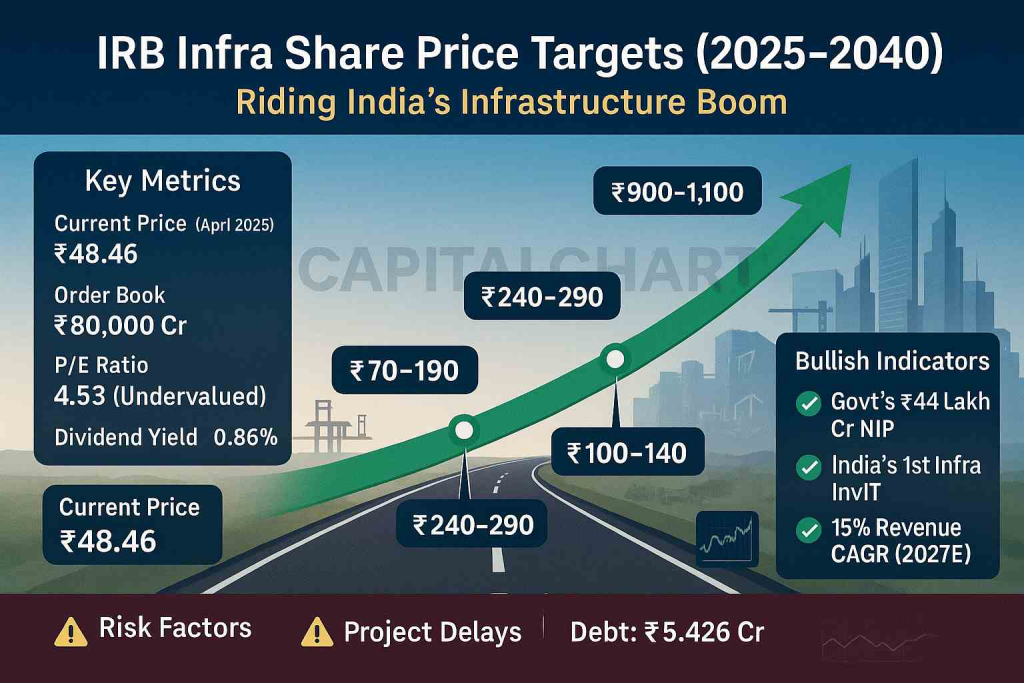
Moving forward, key things to monitor:
- Execution timeline: How quickly IRB Trust mobilizes construction and operations.
- Quarterly updates: Whether IRB reports project-related inflows, changes in order book, or new asset acquisitions in its financial reports.
- Traffic trends: Toll collection data will be a crucial metric. Higher-than-expected traffic will validate the concession model; lower traffic could be a red flag.
- Further monetisation: Will IRB bid for more TOT projects? Can it hit its ₹1 lakh crore (i.e., ₹100,000 crore) asset‑portfolio ambition?
- Sector momentum: Whether other players follow IRB’s lead in using InvITs for highway monetisation, and how NHAI’s programme evolves.
Wrap Up
This ₹9,270 crore award is a big deal for IRB Infrastructure. It strengthens its scale, boosts its long-term revenue visibility, and cements its leadership in the TOT segment. But success will hinge on solid execution, traffic flow, and financial discipline. If things play out as planned, IRB could be well on its way to achieving its ₹1 lakh crore asset target, a major milestone for any infrastructure firm in India.
Frequently Asked Questions (FAQs)
On 15 November 2025, the IRB Infra share price rose 5% after its subsidiary won a major NHAI project worth ₹9,270 crore. Investors saw potential for stable revenue growth.
IRB Infra’s new NHAI project, announced on 15 November 2025, is valued at ₹9,270 crore. It covers 366 km of highways in Uttar Pradesh under a 20-year toll-operate-transfer model.
The project improves IRB’s long-term revenue visibility, strengthens its toll and maintenance portfolio, and boosts investor confidence, while adding stable cash flow and strategic highway assets.
Disclaimer: The content shared by Meyka AI PTY LTD is solely for research and informational purposes. Meyka is not a financial advisory service, and the information provided should not be considered investment or trading advice.
